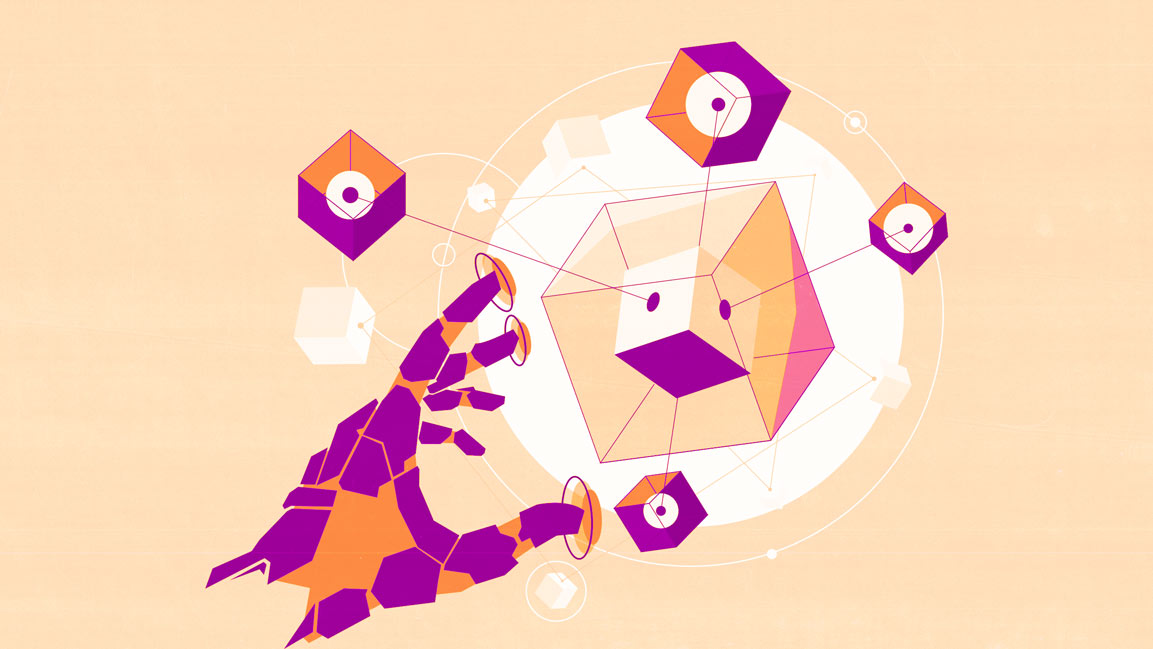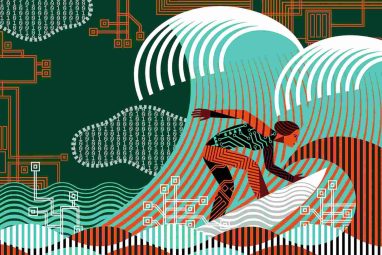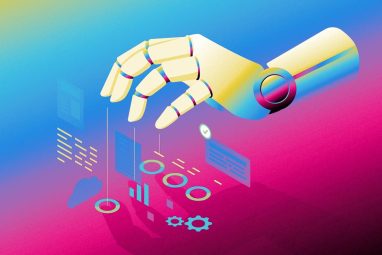The Challenge of Building an AI Agent for India, in India
Despite the buzz, merely 15% of companies around the world have managed to scale AI agents into production.
News
- OpenAI Weighs Trillion-Dollar IPO Following Major Restructuring
- After AWS, Microsoft Faces Wide Azure Outage Before Earnings
- OpenAI Sets 2026 Goal for AI Research Intern, Plans $1.4T Compute Push
- OpenAI Becomes a For-Profit Company
- Jindal Steel Names Gautam Malhotra CEO
- AI Agents are Now Part of the Developer Workflow, Satya Nadella Says

As global enterprises race to build autonomous, self-learning AI agents, India faces a unique dual challenge: developing world-class systems, and cultivating the talent and infrastructure to support them. While enthusiasm around AI is at an all-time high, industry leaders believe that execution, reskilling, and a mindset shift will determine whether India can truly lead the agentic AI revolution.
In an exclusive conversation with MIT SMR India, Deepak Visweswaraiah, Senior Vice President & Managing Director, Pegasystems India, said, “When building agentic AI within corporations, the number one factor is talent. Over the years, we’ve had a workforce skilled in traditional software development. Now, the focus needs to shift toward reskilling, helping people understand the broader context of the organization, and learning how to build agentic AI systems.”
Pegasystems’ transition was smoother than most, thanks to over a decade of experience with AI-driven decisioning systems, he explained. “That gave us an edge in adapting to and leveraging agentic AI to build intelligent agents,” he said.
Even so, Visweswaraiah emphasized, reskilling continues to be a priority. The company actively encourages developers to use these AI tools in their day-to-day work, and does not hesitate in promoting that adoption across teams. Reskilling the workforce and helping people develop the right mindset to think agentically continues to be a challenge for India. This mindset, he added, is about understanding where human intervention is necessary and where autonomy can be built into systems.
Talent aside, infrastructure is another major hurdle. “Many organizations assume that being able to write a prompt means they can design an agent, but that’s a naïve view,” Visweswaraiah said. “Agentic AI requires a robust infrastructure, deciding which models to use for what use cases, managing multiple agents that operate together, and orchestrating them effectively.”
According to him, building talent and infrastructure are India’s top priorities. Other aspects, like developing our own models or even GPUs, are long-term goals—but for now, these are two of the immediate concerns we need to address.
Leadership and Learning Gaps
Vaibhav Kumar, Founder & Managing Director at Ambilio, believes the bottlenecks go beyond technology. “Artificial Intelligence is a key driver of enterprise transformation, but building AI agents presents unique challenges in India,” he said. While there is strong ambition, “converting ideas into practical, scalable solutions is often difficult. India faces a combination of leadership, skill, and cultural barriers that slow development and deployment.”
A critical problem, Kumar pointed out, is leadership. Enterprises may have innovative ideas, but without technically informed, business-aligned leadership, these initiatives rarely progress beyond pilot phases. Most leaders focus on sales, branding, or operations rather than actively guiding AI adoption.
The result? “AI projects often start with enthusiasm but fail to produce measurable outcomes, leaving potential untapped and initiatives abandoned or delayed.”
Kumar also called out structural flaws in India’s learning ecosystem. He noted that academic programs often provide outdated curricula that do not equip students with industry-ready skills. “Online content, though widely available, is often unstructured or inaccurate. Even corporate upskilling programs sometimes prioritize cost or convenience over quality. These gaps make it difficult to build teams capable of developing robust AI agents.”
Culture, Trust, and the Fear of Autonomy
Beyond the skills gap lies a cultural challenge. “Many Indian organizations are hesitant to experiment with AI agents due to perceived risks, uncertain outcomes, or unfamiliarity with new providers and technologies,” said Kumar.
Hierarchical decision-making and risk-averse cultures slow down innovation. Startups and new providers often face skepticism. Overcoming these challenges requires not just technical capability but leadership that fosters experimentation and a culture that builds trust in AI initiatives.
The Road to True Autonomy
Visweswaraiah explained that the evolution toward autonomous systems unfolds in three waves—from rule-based, and intelligent automation, to autonomous systems. “Traditional automation was like IVR systems, rigid and rule-based. Intelligent automation brought in machine learning for smarter decision-making. But autonomous systems are goal-driven; they can reason, act, and adapt with minimal human input.”
He illustrated this with an example: “Take an Indian e-commerce company during Diwali. A traditional system might route customer queries; an intelligent one might predict higher call volumes; but an autonomous system can detect order delays, find the root cause, say, a warehouse bottleneck, and autonomously escalate or resolve it.”
He said that in order to achieve this, organizations need three things: advances in AI and ML, access to quality data, and the ability to safely orchestrate these systems. “You can’t just bolt on autonomy; it has to be woven into the fabric of how an organization operates,” he said.
The Agentic AI Approach
At Pega, this approach is exemplified by Pega GenAI Blueprint, a SaaS tool that lets business users describe goals in natural language and automatically generates application designs. Visweswaraiah said, “Traditionally, building an enterprise app could take 18 to 24 months. With Blueprint, you can go from concept to interactive prototype in days. It doesn’t just generate static documents, it creates dynamic, adaptable designs that evolve with the organization.”
He also clarified what agentic AI truly means to Pega. “True Agentic AI systems don’t just respond to prompts; they can reason, plan, adapt, and act autonomously to achieve goals.” Despite the buzz, only about 15% of companies globally have managed to scale AI agents into production. Pega’s advantage, he said, lies in integrating its agents directly into enterprise applications via its Pega Infinity platform, addressing key challenges like hallucinations, context awareness, and orchestration.
Every agent’s action is auditable and explainable. Businesses can define guardrails to ensure responsible operation. As these systems mature, they will fundamentally reshape how work gets done. Companies that learn to combine governance and autonomy effectively will gain a massive competitive advantage.




